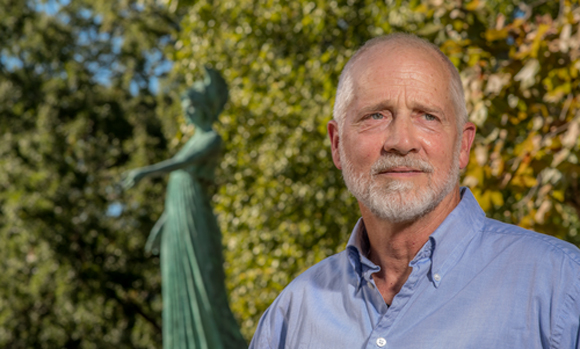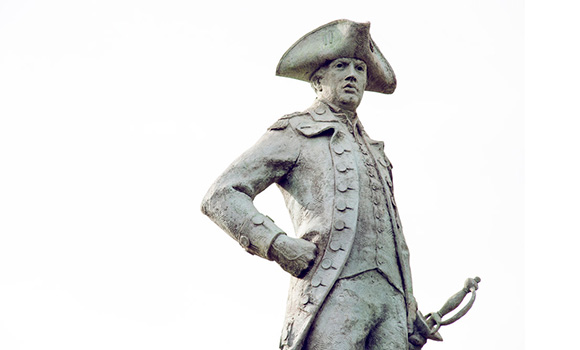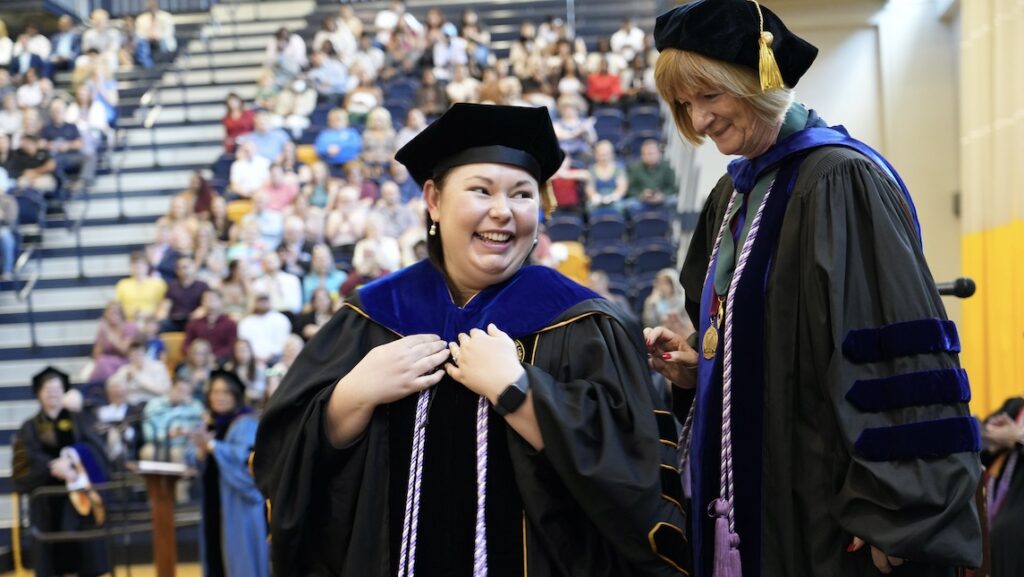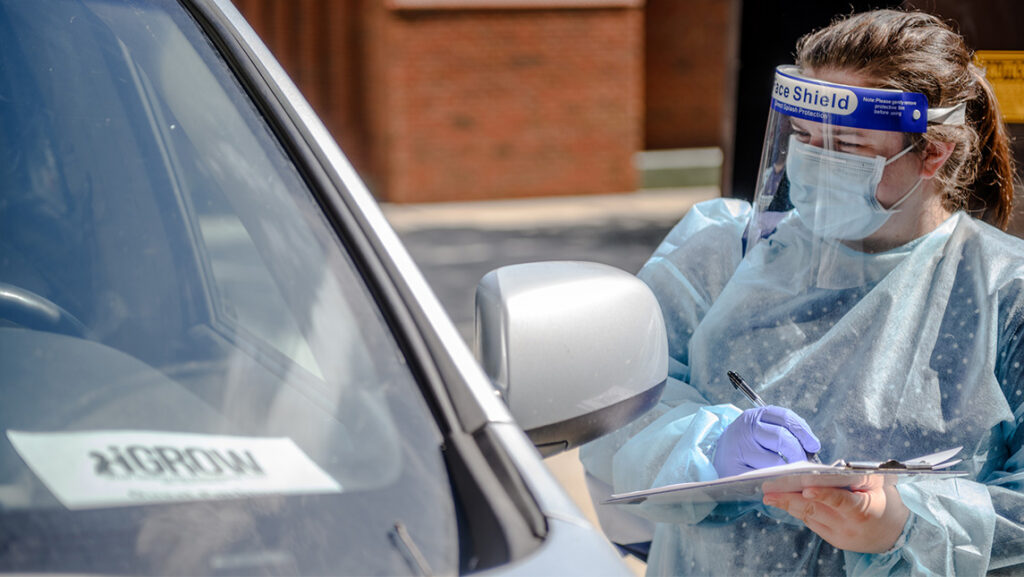Most at UNC Greensboro know Jim Barnhill’s iconic Minerva statue. Most at N.C. A&T know his Greensboro Four statue.
But every July Fourth, Barnhill’s statue of Revolutionary War hero Nathanael Greene gets this city’s top billing.
The artist, who first learned to sculpt the human form as a master’s student at UNCG, is one of North Carolina’s most acclaimed sculptors. His works have been commissioned throughout the Southeast.

General Greene, the namesake of Greensboro, led the American forces at the Battle of Guilford Courthouse. The British, led by General Cornwallis, held the field at the end of that day in 1781, but were so battered that they had to retreat to the coast. They surrendered at Yorktown, Virginia.
The American colonies would form a nation, free of British rule, a nation they foresaw when they created the Declaration of Independence in 1776.
To create this tall statue, Barnhill needed a large area to work in. A friend suggested he talk to the owner of a large boat restoration business, Lowell Boats – which is where we interviewed him for this story.
“He’s our city’s namesake, and I was certainly after a feeling of solid determination. He’s going into battle. His stance is very solid.”
“This is where General Greene was assembled, over in that corner,” Barnhill said, pointing to the spot. “He turned out to be 11 and a half feet.”
Carolina Bronze in Seagrove was where it was cast. That took several months, with him traveling back and forth. “It is quite a laborious process, even after it’s out of my hands.”
What effect did he want to achieve, with this statue commissioned by the Bryan Foundation? “He’s our city’s namesake, and I was certainly after a feeling of solid determination. He’s going into battle. His stance is very solid.”
Forms and shapes are very important. His stance, with a slight stride going forward, suggests a triangle. “It is an isosceles triangle. Also the [statue’s)] pedestal tapers in slightly, and so his legs also mimic that.”
In one word, he wanted “strength.”
“He’s got one fist here,” Barnhill gestured. “He’s got his [other] hand on the scabbard of his sword, which he is about to draw.” It’s as if Greene is about to say “Charge!” he explained.
“He’s very determined. And then his hat – again another triangle, on top of that. You get this repetition of these shapes and there’s a cohesion to it. That’s where that subtle business of composition comes into play.”
The details have to be perfect. “They cast the hat and the head as one piece. And so they were lowering it down, getting it on there, and I was adamant I wanted the gaze and the hat to be absolutely level, you know, to give it that piercing ‘I mean business’ look.”
And that’s exactly what you have, as the general surveys Greene Street and the central part of downtown Greensboro.
Meanwhile, Barnhill has created three large prominent works that define Greensboro.
“I can’t help but be proud that I’ve got these pieces out there that embody this iconic imagery that people are drawn to. That thrills me.”
See a video about Barnhill’s artistic process, and his Minerva statue at UNCG.
See the UNCG Magazine feature on Barnhill.
Story by Mike Harris, University Communications
Photo of statue by Stephanie Trull; photo of Barnhill by Martin W. Kane, University Communications



